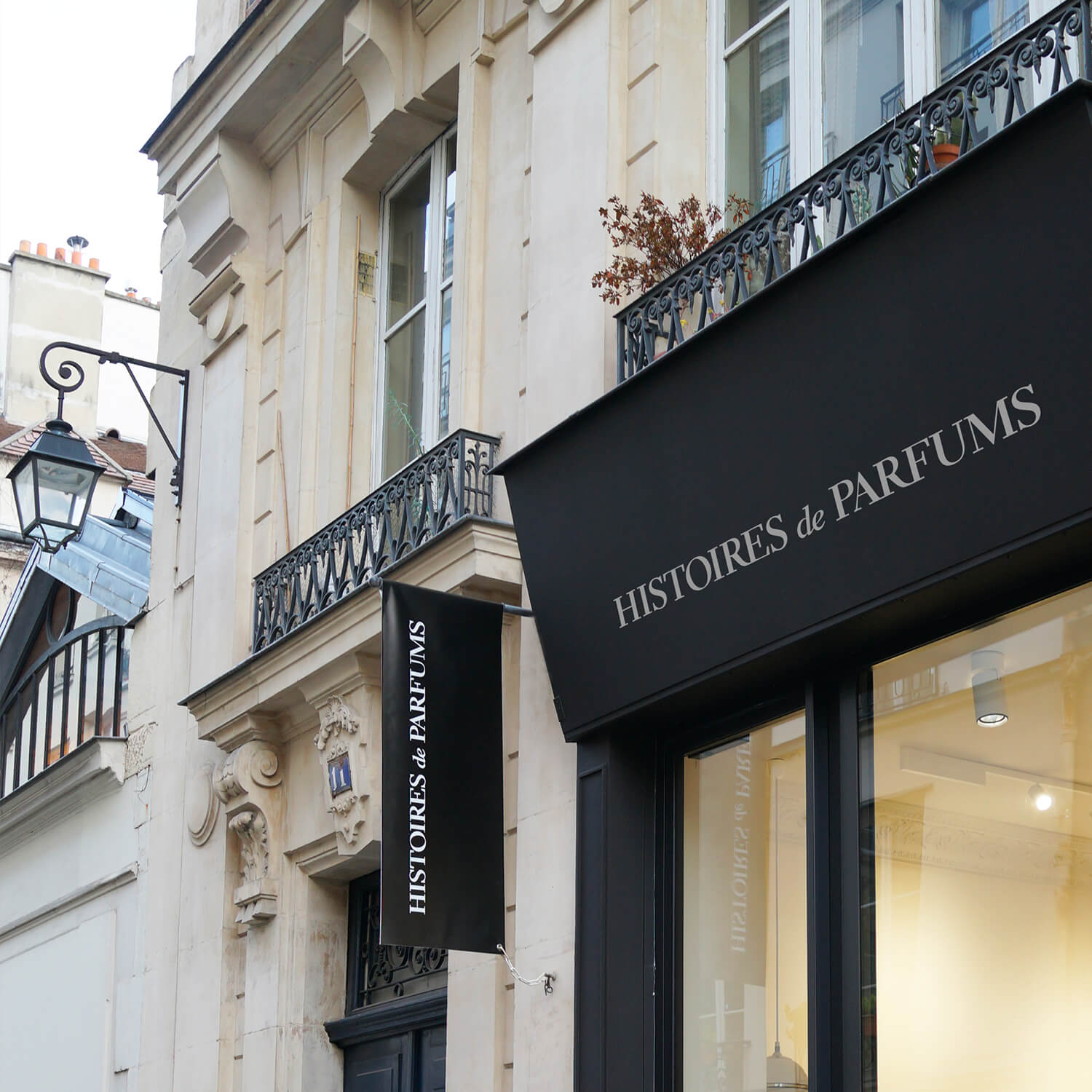Lavender

The plant
Lavender is a shrub of the lamiaceae plant family which basil, thyme and rosemary also share... The plant grows between 30 cm and 1 m, and prefers drained soil (which channels our water to avoid stagnation), and calcified soil. It needs lots of sunlight which is why it is usually grown in the south of France. It blooms between June and August.
The History
The plant has been recognized by the romans as a precious plant used to fragrance clothing and baths. Its use quickly expands throughout the Mediterranean region.
In the Middle Ages, lavender continues to be used therapeutically. This is when the name "lavender" comes about, which derives from the latin "lavare" which means to wash. It is considered an effective way to fight disease. In the XIIIth century, subsequent to the plagues, the academies of Montpellier and Marseille (France) were studying the curing qualities of lavender as an essential oil. In the XVIth century, before chemistry was invented, hospitals in France were using lavender as an air spray to fight against the spread of disease.
In the XVIIIth century, with the region of Grass growing as a production center for perfumery, the production of lavender grew exponentially. Its ability to grow on unfruitful soil, which many other regions do not have, brings new economic prosperity to the region. The plant offers the people of these regions with a new means to support themselves economically, with demand that increases annually, in the midst of an a growing industrialization.
The development of industrial perfumery transforms lavender into the "blue gold" of Southern France. The first half of the XXth century sees lavender crops growing throughout Provence. Corporations organize and purchase their own stills to produce essential oils of lavender on-site. The oil is preserved so well that vendors can wait for the best moment to sell it at the most profitable price. The 1920's and 30's mark the golden age of lavender.
Beginning in 1952, lavender fields slowly start leaving way for hybrid lavender fields. These hybrids are made from different types of lavender strains. While the hybrids yield more, the fragrance is camphorated and acre compared to the delicate scent of "fine lavender".
The appearance of synthesis methods able to re-create the scent of lavender increases even further the decline of pure lavender.
Today, aromatherapy and luxury fragrances continue to sustain the market of essential oils.
In Perfumery
In the beginning, the distillation of lavender essential oils was done over an open flame. The lavender was dropped directly into boiling water, and the steam was captured in a coil that would produce the essential oil drop by drop.
It's only in the beginning of the XXth century that steam distillation was invented. This method grows exponentially for its high yield and oil quality. A very quick method: after a drying session to remove all the water in the plant, which lasts one or two days, the lavender is placed in an alembic. The process to yield the essential takes less than one hour.
The extraction method called "grinding green" is developed in 1990. It requires no pre-drying, and the stems and flowers are grinded by a silage harvester. The grinded material yields a more humid essence because the drying process has been removed. While the output is higher through steam distillation, it is of lesser quality.
In perfumery, lavender is highly used in masculine fragrances. It is either used as the main scent, or mixed with coumarone or bergamot to create a "fern" scent. We also find it paired with juniper, coriander, and thyme to create a "Cyprian aromas".
Sample the storie


Laisser un commentaire
Ce site est protégé par hCaptcha, et la Politique de confidentialité et les Conditions de service de hCaptcha s’appliquent.